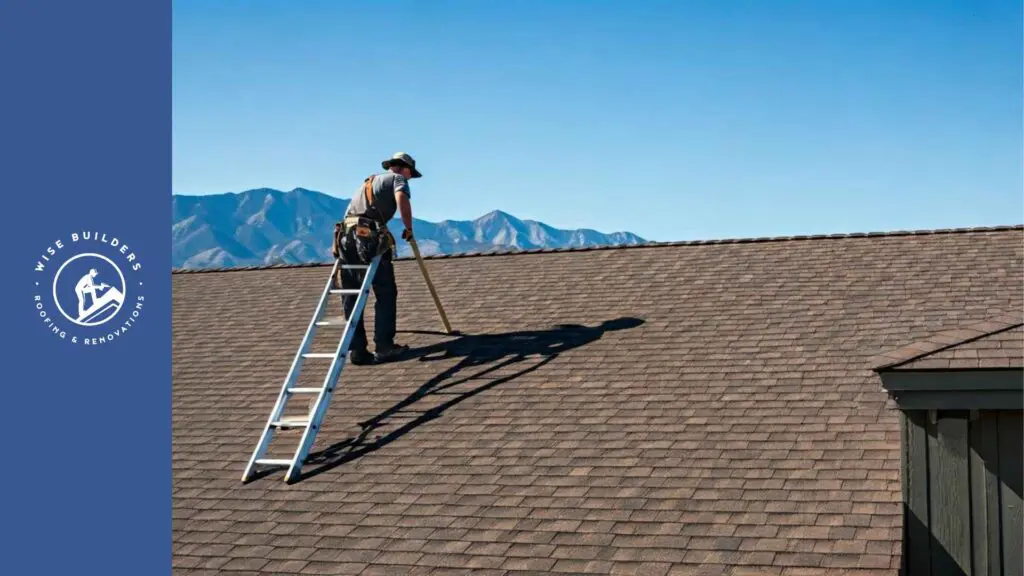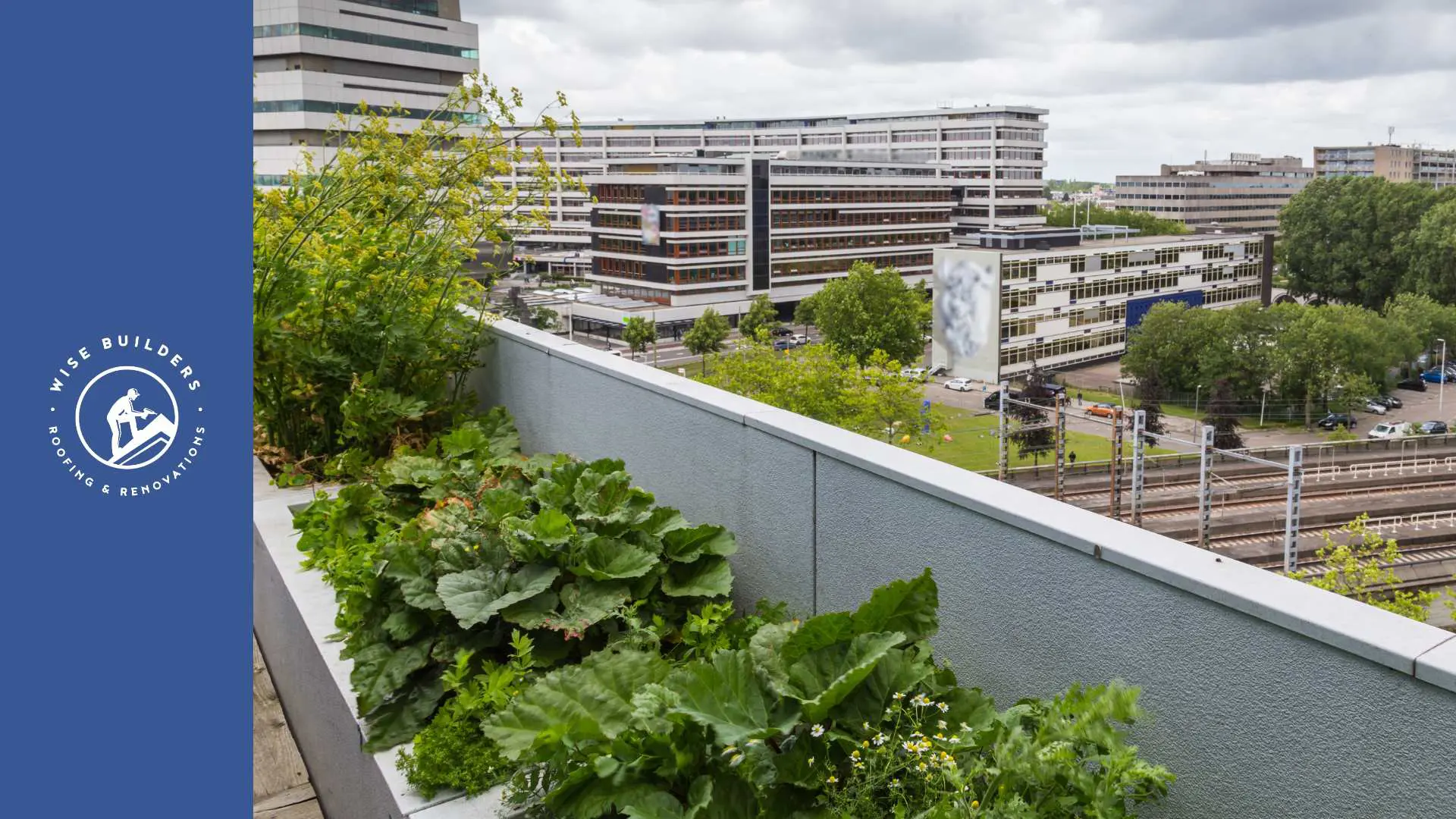
Key Highlights
- Regular roof inspections are crucial for maintaining your home’s protection and value.
- Professional inspectors assess your roof’s structure, materials, and interior for damage.
- Early detection of issues like leaks, missing shingles, or structural problems saves on costly repairs.
- Inspections help extend your roof’s lifespan and ensure its optimal performance.
- Knowing when and how often to schedule inspections, especially after severe weather, is key.
Introduction
Owning a home comes with responsibilities, and few are as crucial as safeguarding your roof. A roof inspection, conducted by a qualified roofing inspector, provides a comprehensive assessment of the state of your roof’s condition. This evaluation is essential for identifying potential problems, ensuring your home’s protection, and making informed decisions about maintenance and repairs.
The Essentials of Roofing Inspections

Essentially, a roof inspection is a visual examination of your entire roofing system. This includes not only the shingles but also flashing, gutters, vents, and the structural integrity of the roof itself. A professional roof inspection goes beyond a simple visual check; it involves a thorough assessment of all roofing components, aiming to identify both current issues and potential problems.
Defining a Roofing Inspection in Detail
A professional roof inspection conducted by a qualified home inspector is much more than a quick glance from the ground. A qualified roofing inspector will physically access your roof to closely examine its various elements. This detailed examination considers the age and type of roofing materials, the presence of any visible damage, and the overall condition of your roof.
Inspectors will also check for signs of leaks, water damage, or improper installation. The outcome of a thorough inspection is a detailed report outlining the roof’s condition, any identified problems, and recommendations for repairs or maintenance.
The Key Elements Inspectors Look For
During a roofing inspection, inspectors meticulously examine key areas to assess the roof’s condition and identify any potential issues:
- Signs of Damage: This includes checking for missing, cracked, or curled shingles; damaged flashing around vents, chimneys, and skylights; and signs of leaks or water stains.
- Structural Integrity: Inspectors assess the roof’s structure for signs of sagging, unevenness, or other structural problems that could compromise its stability. They also examine the condition of the gutters, fascia, and soffit, ensuring proper water drainage.
- Interior Assessment: Inspectors often venture into the attic to check for signs of water intrusion, such as water stains on the interior walls or ceilings, mold growth, or rot. This allows them to pinpoint the source of leaks and assess the extent of any damage.
The Importance of Regular Roofing Inspections

Regular roof inspections are not just about identifying existing problems but, more importantly, about preventing costly repairs through early detection. By addressing minor issues promptly, homeowners can avoid more significant and expensive problems down the road.
Routine inspections ensure that small issues, which could escalate into major problems if left unattended, are caught and addressed promptly. This proactive approach saves homeowners time, money, and potential headaches associated with major roof repairs or even a full roof replacement.
Preventing Costly Repairs Through Early Detection
Imagine a small leak going unnoticed for months, slowly causing water damage to your roof decking and insulation. Regular inspections can catch these issues early on, enabling swift repairs that prevent extensive damage and help assess the exact condition of your roof.
Early detection, made possible by regular inspections, helps homeowners address minor repairs before they blossom into major expenses. A missing shingle, for example, might seem like a minor issue, but it can quickly escalate into a leak, damaging your ceiling and potentially leading to mold growth.
Extending Your Roof’s Lifespan with Routine Checks
Consistent roof maintenance, including yearly inspections, plays a vital role in maximizing your roof’s lifespan. Just like regular car maintenance keeps your vehicle running smoothly, it’s a good idea to conduct routine roof checks to keep your roof in good condition, extending its life expectancy.
These inspections ensure that your roof continues to provide optimal protection against the elements. By addressing wear and tear promptly, you can avoid premature aging of your roof and potentially delay the need for a costly replacement. Keeping your roof in excellent condition safeguards one of your home’s most important investments.
How Wise Builders Conducts Roofing Inspections
At Wise Builders, we take roofing inspections seriously. Our team of experienced roofing professionals employs a comprehensive approach to ensure the quality and safety of your roof.
We understand that your roof is your home’s first line of defense against the elements, and we are dedicated to providing thorough and reliable inspections to give you peace of mind.
Our Unique Approach to Ensuring Quality and Safety
What sets Wise Builders apart is our unwavering commitment to safety and quality in every inspection. Our inspectors prioritize your safety and the well-being of our team throughout the process.
With years of experience in the roofing industry, our team possesses a keen eye for detail and a deep understanding of roofing systems. We utilize proven methods and techniques to accurately assess your roof’s condition. Our ultimate goal is to provide you with an honest and comprehensive evaluation of your roof’s integrity, empowering you to make informed decisions about its care.
Advanced Tools and Techniques We Use
In addition to our meticulous visual inspections, Wise Builders leverages advanced tools and techniques to provide the most accurate and comprehensive assessment of your roof:
- Drones: We utilize drone technology to inspect roofs safely and efficiently, particularly for large or complex structures.
- Infrared Cameras: These cameras allow us to identify potential problem areas, such as moisture intrusion or insulation gaps, that may not be visible to the naked eye.
- Moisture Meters: We use moisture meters to detect the presence of moisture within roofing materials, helping to pinpoint leaks and assess the extent of water damage.
These advanced tools, combined with our team’s expertise, enable us to provide you with a detailed and accurate picture of your roof’s condition.
When and How Often Should You Get a Roof Inspection?
While annual roof inspections are generally recommended, the ideal time of year for an inspection can vary depending on your location and weather conditions. If it’s been a while since the last time an inspection was conducted, it’s generally best to schedule inspections during the spring or fall when temperatures are moderate.
However, there are times when a roof inspection is necessary regardless of the season. For instance, following a severe storm with strong winds, hail, or heavy snowfall, your insurance company may require scheduling a prompt inspection to assess any potential damage.
Ideal Times of the Year for Inspections
The best time of year to schedule an inspection often aligns with moderate weather conditions. Spring and fall provide ideal temperatures for roof inspections, allowing inspectors to work comfortably and safely.
During these seasons, it’s easier to identify potential issues, as extreme heat or cold can mask certain problems. Scheduling your inspection during these times ensures a more thorough and accurate assessment of your roof’s condition.
Signs That Your Roof Needs Immediate Attention
While regular inspections are essential, certain signs indicate the need for immediate attention from a qualified roofing contractor. If you observe any of the following, don’t delay scheduling a professional roof inspection:
- Visible Signs of Sagging: If you notice any areas where your roof appears to be sagging or drooping, it could indicate a serious structural problem.
- Active Roof Leak: A roof leak is a clear sign that your roof’s protective barrier has been compromised, and immediate attention is necessary to prevent further damage.
- Missing or Damaged Shingles: If you spot missing, cracked, or curled shingles, it’s essential to address these issues promptly to maintain your roof’s integrity.
Conclusion
Regular roofing inspections are crucial for maintaining the integrity of your roof and preventing costlynecessary repairs down the line. By conducting routine checks, you can detect issues early and extend the lifespan of your roof. Wise Builders offers a unique approach to roofing inspections, ensuring quality and safety through advanced tools and techniques. Remember, scheduling regular roof inspections, especially during ideal times of the year, can help you identify signs that your roof needs immediate attention. Don’t wait for problems to escalate; prioritize proactive maintenance to keep your roof in top condition.
Frequently Asked Questions
What Can I Expect During a Roofing Inspection?
A roof inspector will examine your roof’s exterior, including shingles, flashing, vents, and chimneys. They will also likely inspect the interior walls and attic for water stains, mold, or other signs of leaks. Vent pipes and other roof penetrations will also be checked thoroughly.
How Long Does a Typical Roof Inspection Take?
The duration of a typical roof inspection can vary depending on the size and complexity of your roof. However, most inspections take between 30 minutes to a few hours. Factors influencing the duration include the ease of access to your roof and its overall condition.
Is There a Best Time of Year to Schedule an Inspection?
While you can schedule an inspection anytime, spring and fall are generally considered the best times of the year due to favorable weather conditions. However, after a major storm or if you suspect any issues, it’s best to schedule an inspection immediately, regardless of the season.







